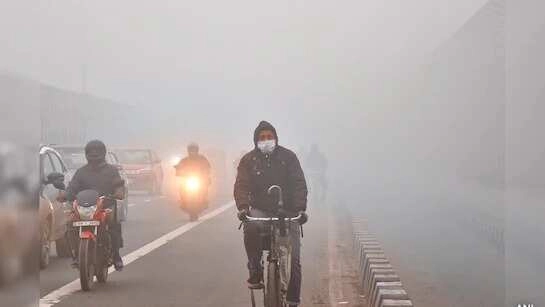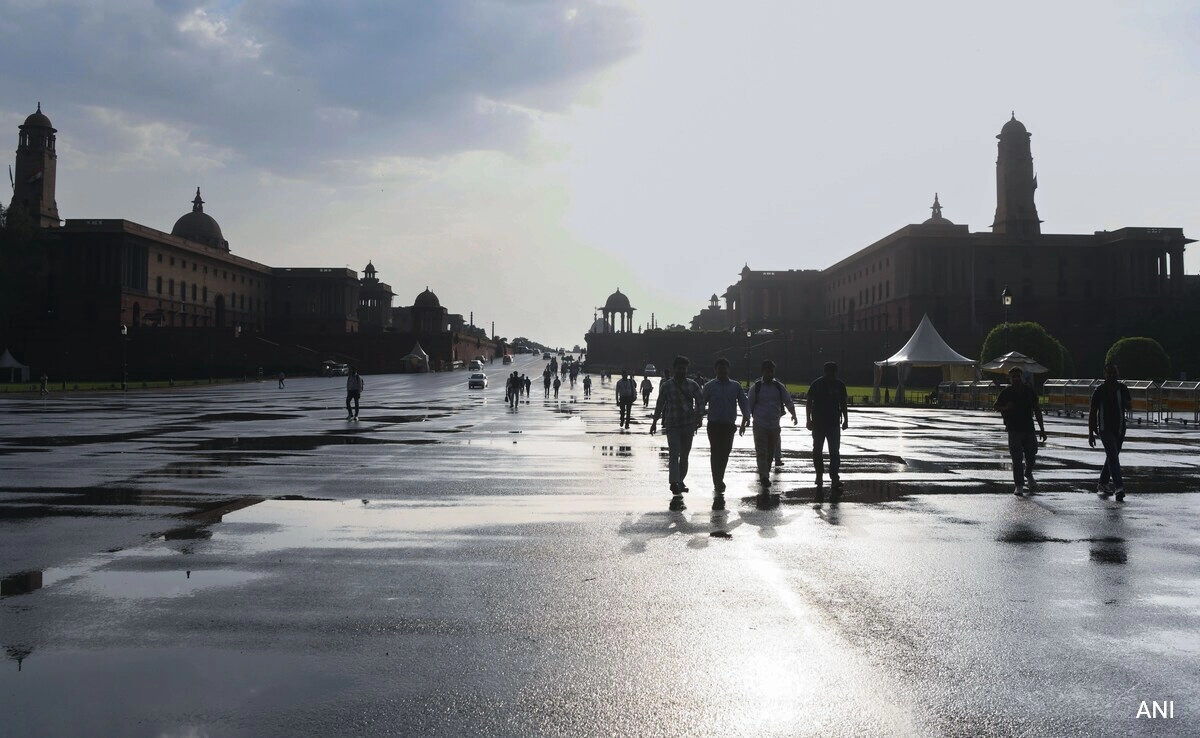Thailand has recently unveiled a special stamp inspired by the exquisite Ramayana murals, coinciding with the visit of Prime Minister Prayuth Chan-o-cha to India. This initiative not only highlights the deep cultural ties between Thailand and India but also celebrates the rich artistic heritage that the Ramayana represents in both nations. The murals, which adorn the walls of the Emerald Buddha Temple in Bangkok, depict various scenes from the epic, showcasing the intricate craftsmanship and storytelling traditions that have flourished in Thailand for centuries.
The release of the stamp serves as a significant reminder of the enduring influence of the Ramayana across Southeast Asia. This ancient epic, originally composed in India, has been adapted and interpreted through various cultural lenses, with Thailand’s version known as the “Ramakien.” The stamp symbolizes the shared history and mutual respect between the two countries, as both have drawn inspiration from the same narrative while infusing it with their unique cultural elements. The Prime Minister’s visit to India underscores the importance of fostering bilateral relations and cultural exchanges, reinforcing the bonds that tie the two nations together.
In addition to its cultural significance, the stamp is expected to appeal to collectors and enthusiasts around the world, further promoting awareness of Thai art and heritage. By showcasing the Ramayana’s themes of righteousness, virtue, and the eternal struggle between good and evil, the stamp not only serves as a piece of postal history but also as a medium for cultural dialogue. This initiative reflects Thailand’s commitment to preserving its artistic traditions while also embracing global connections, making it a poignant symbol of cooperation and shared values in an increasingly interconnected world. Through this release, the Ramayana continues to inspire and unite people across borders, reminding us of the power of storytelling in shaping our cultural identities.




